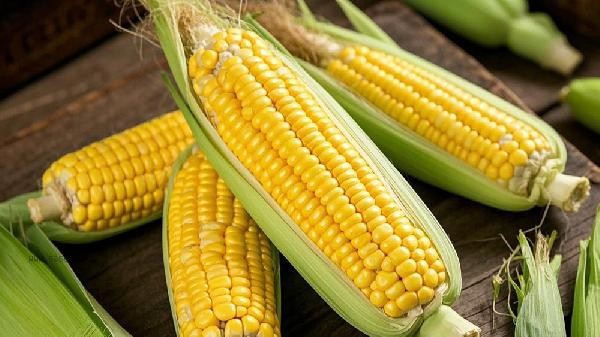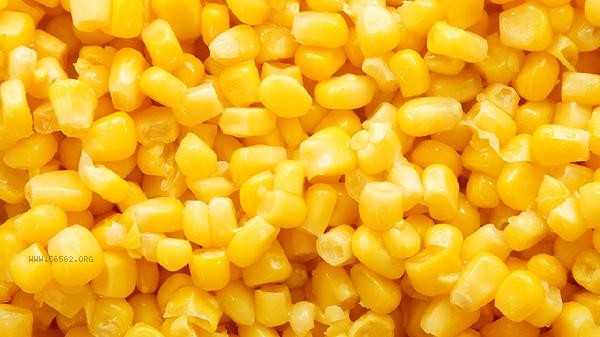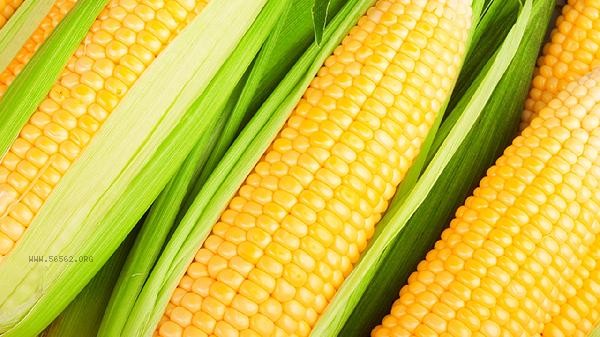Stupid glutinous corn can be boiled directly with water, or paired with a small amount of salt or sugar to enhance its flavor. When cooking, the cooking time should be adjusted according to the freshness of the corn. Usually, boiling water for 15-20 minutes is sufficient.

Glutinous corn is rich in dietary fiber and B vitamins. When cooking, it is recommended to keep the innermost bracts to lock in moisture and nutrients. Fresh glutinous corn has a high starch content. After boiling, turning to low heat and slow cooking can avoid the outer layer being too soft and the inner layer being undercooked. If corn is stored for a long time, the cooking time can be appropriately extended to 25 minutes, but attention should be paid to avoiding nutrient loss caused by prolonged cooking. Corn cooked with leaves will emit a natural fragrance, and immediately supercooling after removal can make the particles fuller. Some varieties of glutinous corn have thicker skin, and before cooking, a knife can be used to make a cross at the root of the corn to help evenly heat it. If you like sweet taste, you can add a little sugar, but diabetes patients should control the amount of sugar added. Glutinous corn will harden in taste after cooling, it is recommended to consume it while it is hot or steam it again. It can be eaten with soybean milk or green leafy vegetables to improve the comprehensive absorption of protein and vitamins.

Glutinous corn, as a coarse grain, can replace some staple foods, but for those with weak gastrointestinal function, it is necessary to control the single consumption amount. It is recommended to consume cooked corn on the same day and store it overnight as it can easily breed bacteria. In daily diet, glutinous corn and mixed grain rice can be consumed alternately to balance nutrition and taste changes.









Comments (0)
Leave a Comment
No comments yet
Be the first to share your thoughts!